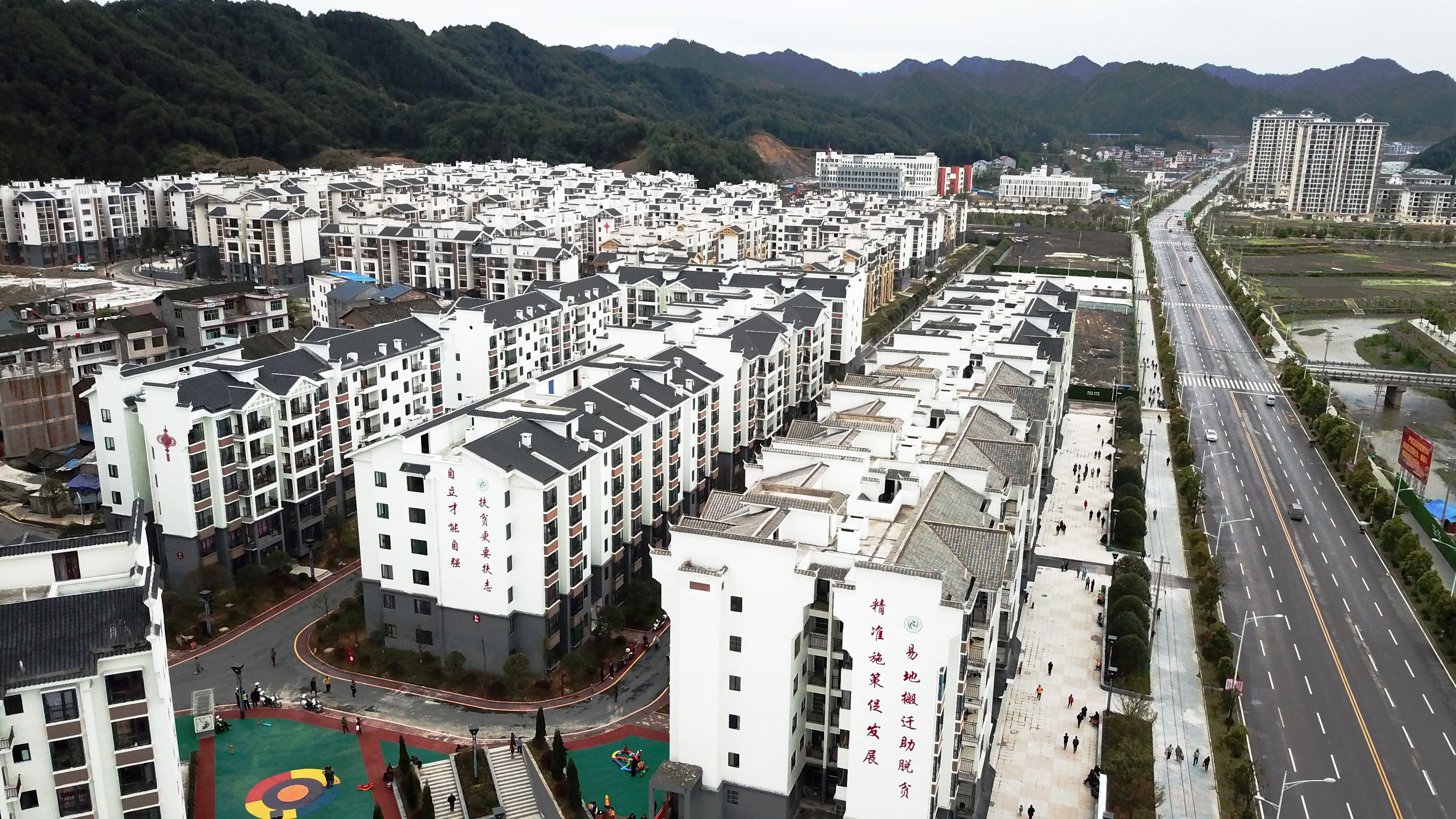China and South Asia to forge closer ties for mutual benefit
- By Ritu Raj Subedi
 0 Comment(s)
0 Comment(s) Print
Print E-mail China.org.cn, June 30, 2019
E-mail China.org.cn, June 30, 2019

The 2nd China-South Asia Cooperation Forum (CSACF), held recently in Yuxi city in southwest China's Yunnan province, has not only deepened the relationship between China and South Asian nations, but also enhanced bonds among South Asian countries. This comes at a time when their common organization, the South Asian Association for Regional Cooperation (SAARC), is facing challenging times.
The CSACF has provided a vibrant platform for facilitating policy dialogues, trade and investment and people-to-people exchanges between China and South Asian countries. More than 500 participants from China and South Asia took part in the two-day forum themed "Stronger Sub-National Partnership for Win-Win Opportunities."
The CSACF issued a five-point draft, outlining the goals and strategy for sub-national cooperation in the areas of economic and social development. It aims at promoting mutually beneficial exchanges and cooperation, building an open economy, realizing sustainable development and creating a community with a shared future for China-South Asia.
At the heart of the CSACF lies the vision of forging meaningful communication between the governments of China and South Asian countries to boost economic growth, infrastructure connectivity, social progress and improve their people's livelihood.
It is only with the sustained growth of the local economy that national governments can enhance their capacity to participate in globalization, which has now slowed due to the protectionist policies of some nations and the emergence of conservative nationalism in the Western hemisphere.
There is the need for fair globalization to build an "open, clean, inclusive and beautiful world." The CSACF is expected to act as the "antidote" to the process of de-globalization in an era of digital evolution.
The forum has placed due emphasis on cooperation between China and South Asian countries towards achieving common prosperity and lasting peace in the region and beyond. As the CSACF brings China and South Asian nations closer together, the latter should also replicate China's success in poverty reduction.
With 21% of the world's population, South Asia is home to the world's largest number of people living below the poverty line. It also has a large share of world's multi-dimensional poor compared to other regions.
Against this backdrop, and through its experience in poverty alleviation, China offers pragmatic solutions to the South Asian region in its fight to eradicate poverty that has held back industrial growth and the development of inclusive prosperity.

According to China's National Bureau of Statistics, China lifted 740 million people out of poverty from 1978 to 2017. Now it is imperative for South Asian countries to bring in Chinese investment, technology, construction knowledge and managerial skills to spur economic growth and create new jobs.
It is not wise to depict South Asia merely as an impoverished zone. It is now the world's fastest growing region, and its economic growth rate is set to rise to 7% in 2019, and 7.1% in 2020 and 2021, according to the World Bank. However, the region needs to increase its exports to maintain its high growth levels.
China can be of great help to ensure that South Asia is able to maintain its growth momentum. China is not only the biggest exporting nation on the globe but is also the largest importer of goods from around the world. The South and Southeast Asian Commodity Expo & Investment Fair (CSACF) is a vital platform for promoting exports from South Asian nations.
A total of 74 nations showcased their products in the recently concluded China Kunming Import and Export Fair 2019 which saw a total of 251 contracts signed in the areas of green energy, green food, tourism and digital economy.

The trade value between China and South Asian countries exceeded US$140 billion in 2018, showing the greater prospects resulting from deeper cooperation between them. South Asian countries should diversify trade to reap the benefits from the huge Chinese market, thereby reducing their soaring trade deficit with China.
In a similar way, the China-South Asia Media Forum, which was held in parallel with the CSACF in Yuxi, has enabled media professionals and experts from China and South Asia to forge a greater understanding of each other's practices in journalism, culture and social values.
Most of the South Asian countries have also joined the Belt and Road Initiative (BRI), which has set out a clear development strategy for connectivity, trade, investment, policy realignment and people-to-people exchanges among the BRI nations. Thus, it makes sense for China and South Asia to work more closely under the broader theme of the BRI to reap shared benefits and create a form of win-win cooperation between both sides.
Ritu Raj Subedi is the Deputy Executive Editor of The Rising Nepal.
Opinion articles reflect the views of their authors only, not necessarily those of China.org.cn.
If you would like to contribute, please contact us at opinion@china.org.cn.






Go to Forum >>0 Comment(s)